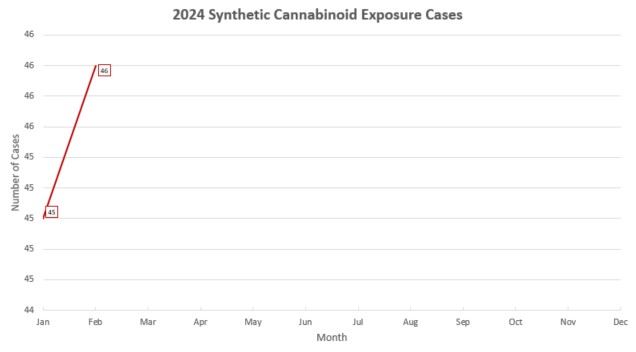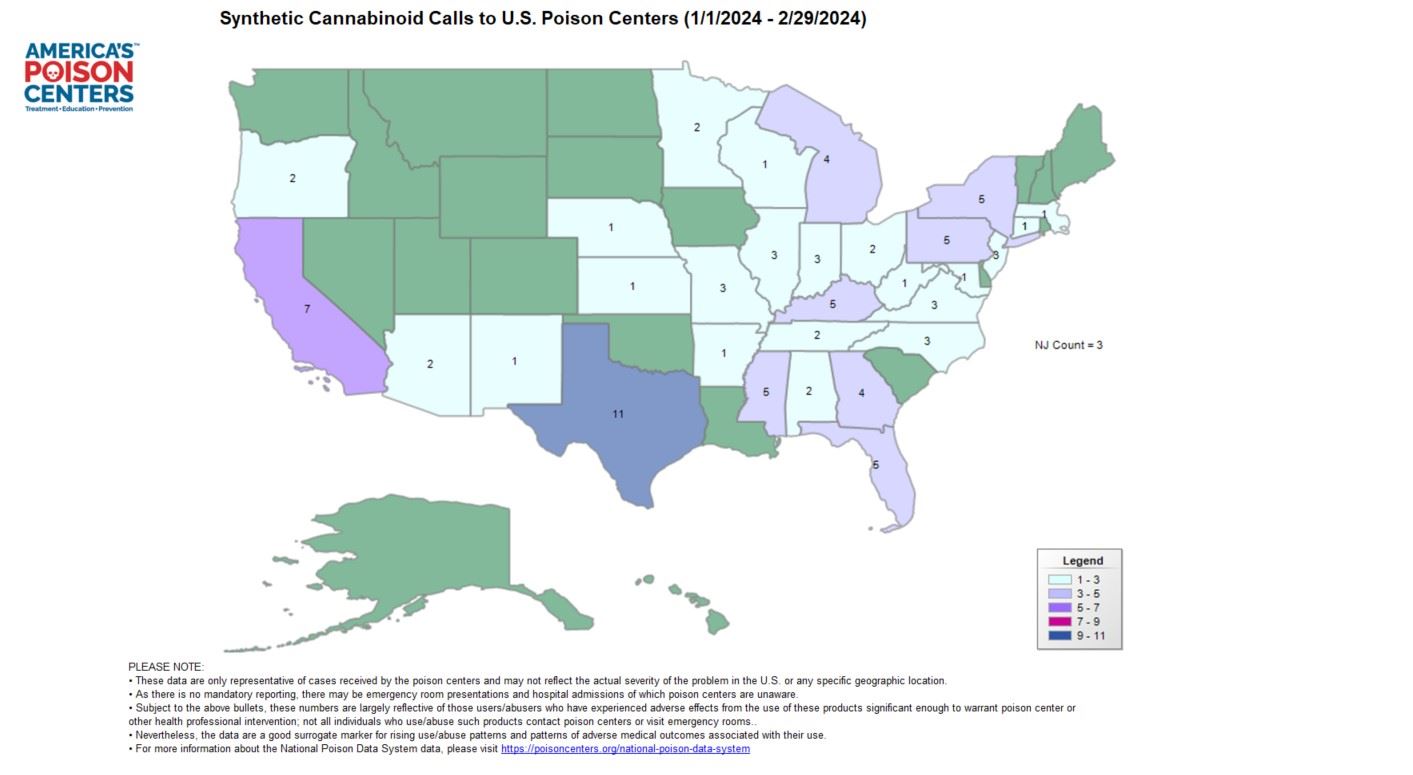With names like Spice, K2, No More Mr. Nice Guy, and hundreds of others, the drugs often called “synthetic marijuana” are – in reality – very different from marijuana. They contain powerful chemicals called cannabimimetics and can cause severe, life-threatening health effects: severe agitation and anxiety, nausea, vomiting, seizures, and hallucinations. The drugs are made specifically to be abused. Like many other illegal drugs, synthetic marijuana is not tested for safety, and users don’t know exactly what chemicals they are putting into their bodies.The harmful effects from these products were first reported in the U.S. in 2009. Since then, the drugs have spread throughout the country. Most recently, poison centers have played a key role in tracking and investigating exposures related to synthetic cannabinoids contaminated with the rat poison brodifacoum. In addition to the above stated risks of synthetic cannabinoid use, the contaminated product causes vitamin-K dependent antagonistic coagulopathy and has caused several fatalities. Common symptoms include back and side pain and excessive or unexplained bleeding (blood in the urine, bleeding from previous wounds, bleeding from the gums, and more). For more information, see CDC’s Clinical Action alert from April 23, 2018.As of February 29, 2024, Poison Centers have managed 91 calls for synthetic cannabinoid-related exposure cases. 
FOR THE MEDIA:Please cite this data as “National Poison Data System, America's Poison Centers.” Any and all print, digital, social, or visual media using this data must include the: “You can reach your local Poison Center by calling the Poison Help line: 1-800-222-1222. To save the number in your mobile phone, text POISON to 301-597-7137.” Email media@PoisonCenters.org or call 703-894-1863 for more information, questions, or to submit request data.
| |
WHAT TO DO
-
Call the Poison Help line at 1-800-222-1222 to speak to an expert at a local poison center.
-
If you purchased the product in 2018, be aware that it may be contaminated with rat poison and cause severe or unexplained bleeding.
-
If someone stops breathing, collapses, or has a seizure, call 9-1-1 immediately.
|
 SYNTHETIC CANNABINOIDS
SYNTHETIC CANNABINOIDS
